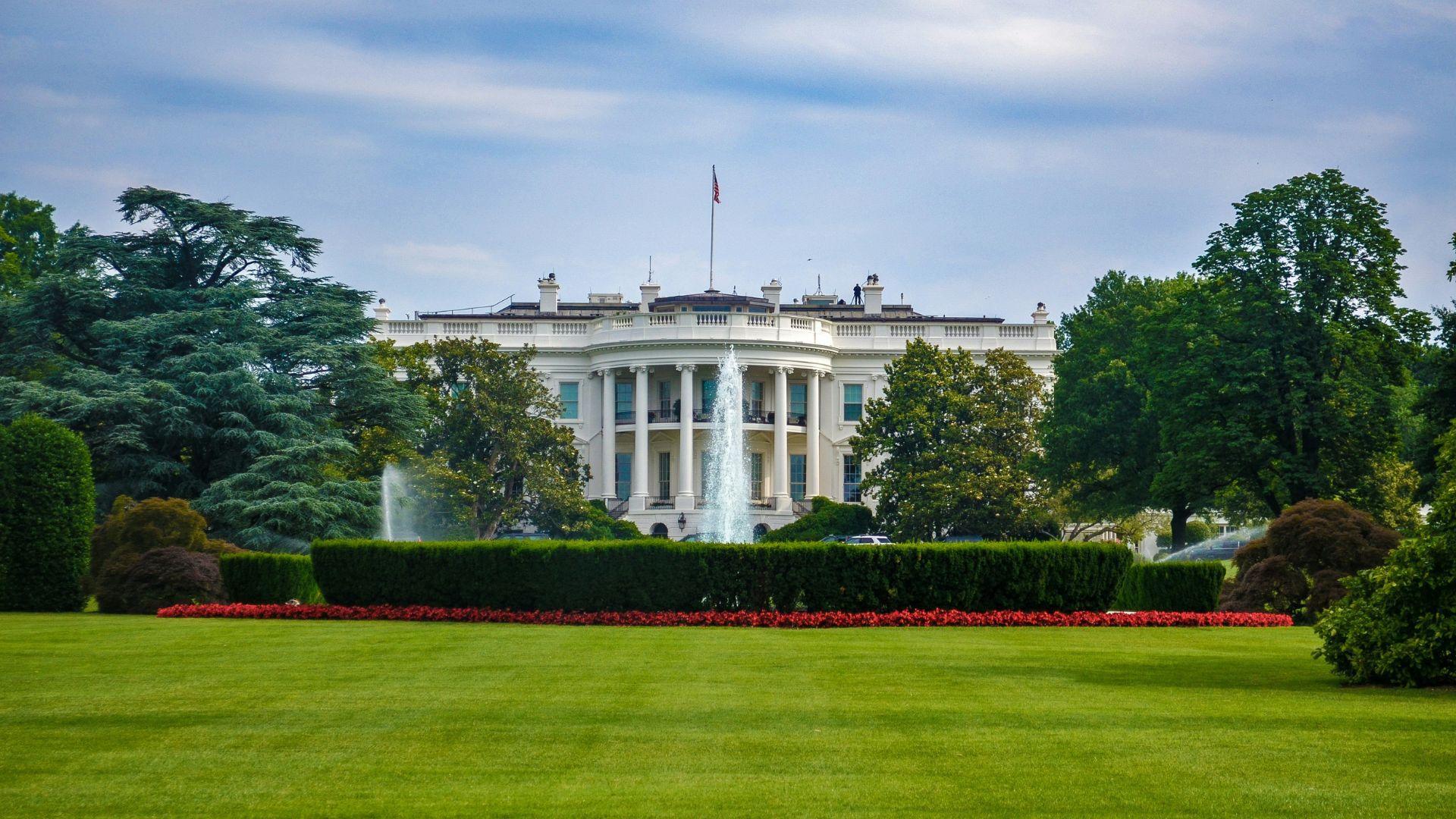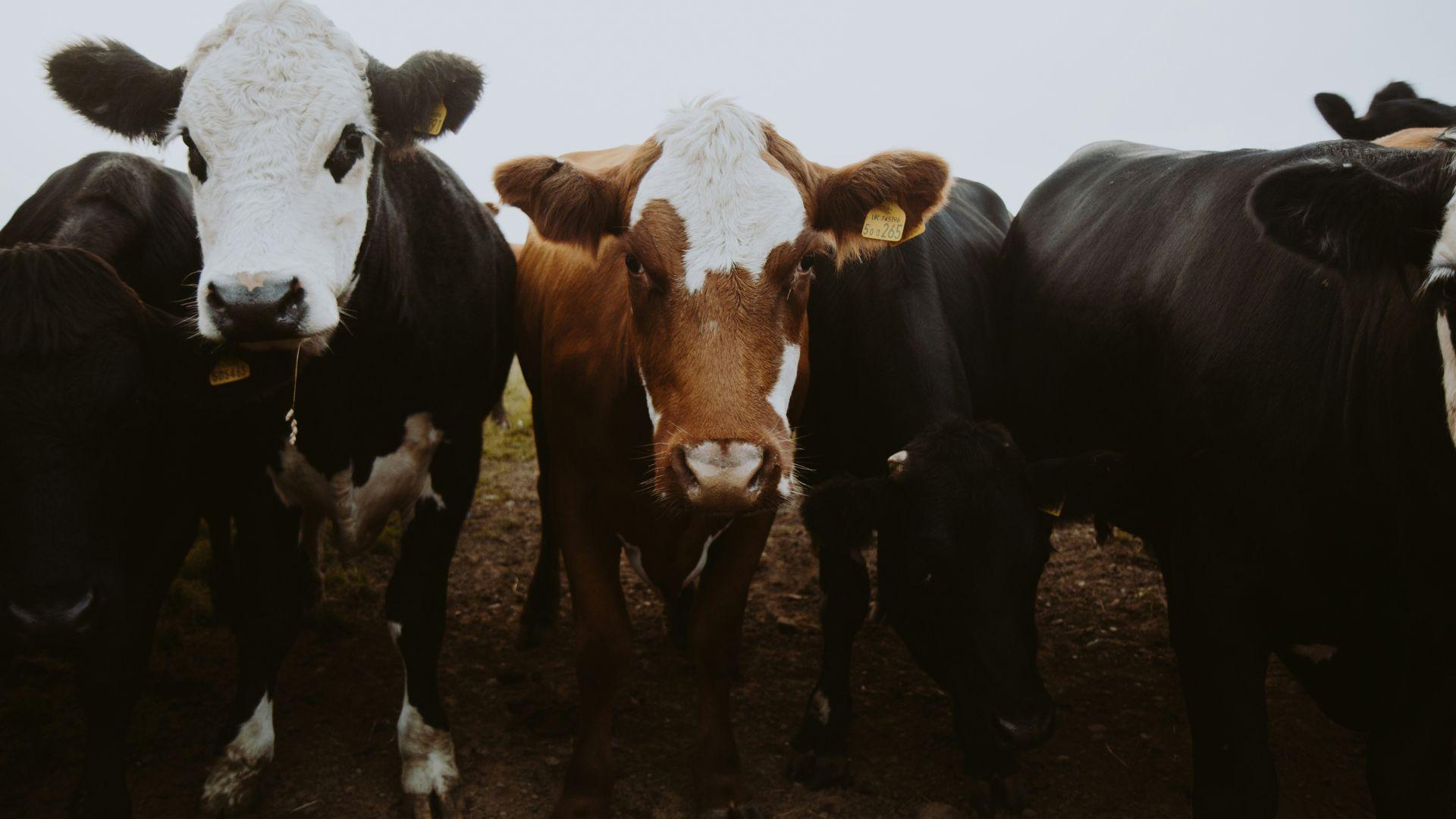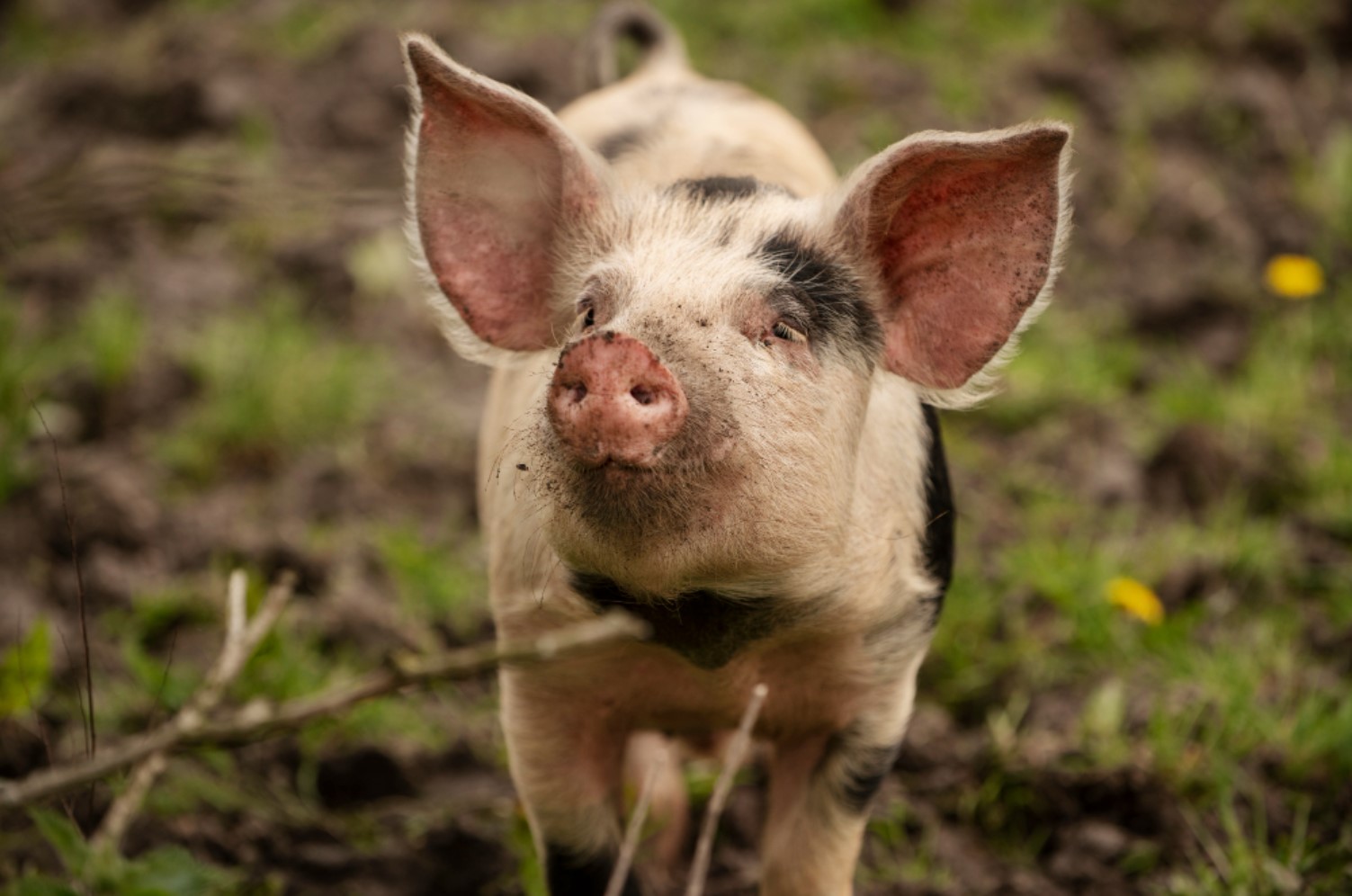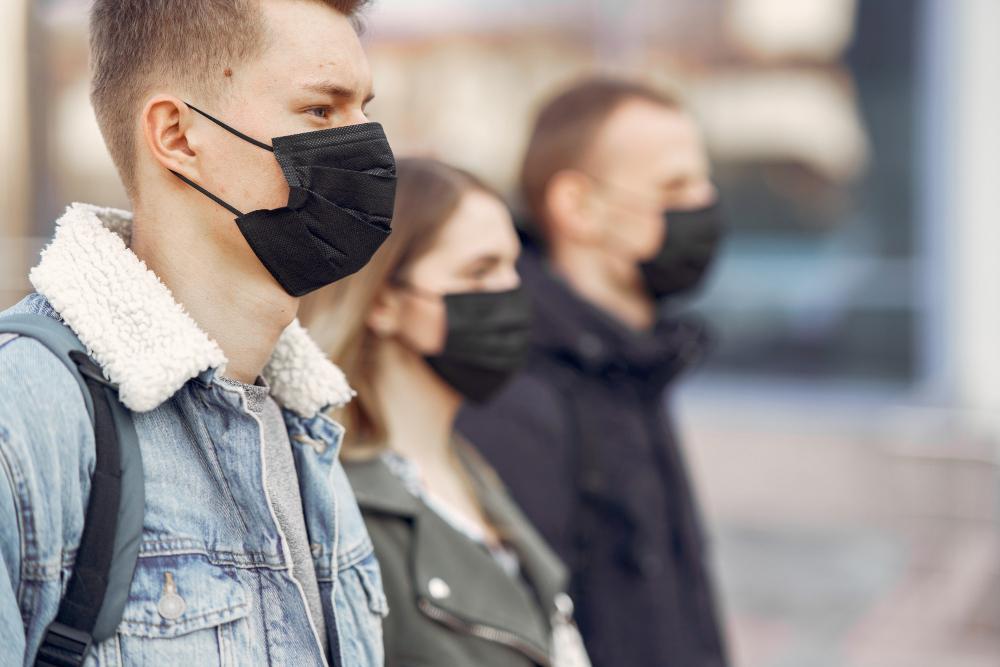Bird Flu Could Be ‘100 Times Worse’ Than COVID
Experts have issued a stark warning: a bird flu pandemic could potentially be “100 times worse than COVID,” with a fatality rate that might kill up to half of those it infects. The H5N1 strain of bird flu is now dangerously close to triggering a pandemic, experts say, as it begins to infect a variety of mammals, including cows, cats, and, more recently, humans.
This disturbing development has caught the attention of health professionals worldwide, who note that the virus’ ability to mutate could make it more transmissible among humans, escalating the risk significantly.
Recent Concerns Raised
In light of the H5N1 strain’s mutations, a recent briefing has raised alarms over its potential human impact (via Nature). With cases detected in various mammals, the risk of the virus evolving to facilitate easier human-to-human transmission is a growing concern.

Source: Freepik
Experts at the briefing underscored the seriousness of these developments, pointing to the virus’ adaptability as a sign of its pandemic potential (via The Economic Times).
Government Monitoring the Situation
According to the Colorado Springs Gazette, amid these growing concerns, the White House has assured the public that it is closely monitoring the situation.

Source: David Everett Strickler/Unsplash
A representative emphasized the government’s commitment to the health and safety of the American people, acknowledging the severity of the threat posed by the H5N1 bird flu strain.
The Texas Case Study
A notable case in Texas, where a dairy farm worker tested positive for H5N1, has highlighted the virus’ evolving threat.

Source: Antonio Groß/Unsplash
This individual’s infection, along with cases in cows and cats, demonstrates the virus’ capacity for cross-species transmission. Interestingly, the mutation identified in this worker’s virus strain has been seen before, suggesting a complex pattern of evolution.
Experts Ring the Alarm Bells
Alarm bells are ringing among bird flu researchers and health officials, who are deeply concerned by the H5N1 case in a human.

Source: Freepik
This strain of influenza, already known for its deadly potential, now appears to be on the brink of causing a global health crisis. The virus’ ability to infect a range of hosts, including humans, positions it as a formidable pandemic threat.
The Pandemic Potential of H5N1
Dr. Suresh Kuchipudi, a prominent bird flu researcher, has warned that H5N1 has been at the top of the pandemic threat list for years (via The Daily Mail).

Source: Chokniti Khongchum/Pexels
Its global presence and ability to infect mammals suggest we are witnessing the unfolding of a significant pandemic threat. This situation, he notes, requires urgent attention and preparation to mitigate the risk.
Comparing Fatality Rates
The fatality rate for H5N1 is alarmingly high, estimated at 52% by the World Health Organization. This rate far exceeds that of COVID-19, which currently kills less than 0.1% of those it infects.

Source: Freepik
Such a stark difference in fatality rates underscores the potential devastation a bird flu pandemic could cause compared to the global crisis triggered by COVID-19.
Calls for Preparation and Calm
Despite the concerning predictions, some experts urge calm, emphasizing the importance of filling knowledge gaps about H5N1’s transmission and behavior (via The Daily Mail).

Source: Ketut Subiyanto/Pexels
Understanding the virus’ mechanics is crucial for developing effective strategies to combat its spread. This approach advocates for a balanced reaction, informed by facts and reasoned analysis.
The Role of Animals in Transmission
Animals, particularly pigs, play a critical role in the transmission dynamics of flu viruses due to the similarity of lung receptors between pigs and humans.

Source: Freepik
The observation that pigs could serve as a “mixing vessel” for creating new virus strains highlights the need for vigilant monitoring of animal health as a key component of pandemic prevention (via the Journal of Molecular and Genetic Medicine).
Economic and Supply Chain Impacts
The outbreak of bird flu has broader implications beyond public health. It could potentially affect the economy and supply chains, especially for milk and eggs.

Source: Raysonho/Wikimedia
Past outbreaks have led to significant price increases and supply disruptions, a reminder of the interconnectedness of animal health and economic stability (via Choices). Addressing the virus’ spread is not only a matter of public health but also of economic resilience.
The Evolution of H5N1
Since 2020, H5N1 has undergone significant genetic mixing, leading to its rapid spread and increased virulence (via The Daily Mail).

Source: Usman Yousaf/Unsplash
This evolution marks a concerning development in the virus’ ability to infect mammals, including humans, and underscores the importance of continued research and monitoring to understand its potential impact on public health.
The First Human Case and Beyond
The diagnosis of the first human H5N1 case in the U.K. in January 2022 was a pivotal moment in the history of this virus, signaling its potential to cross species barriers and infect humans.

Source: Freepik
This case has set the stage for ongoing vigilance against a virus that, while not new to the scientific community, poses a continually evolving threat to global health.
